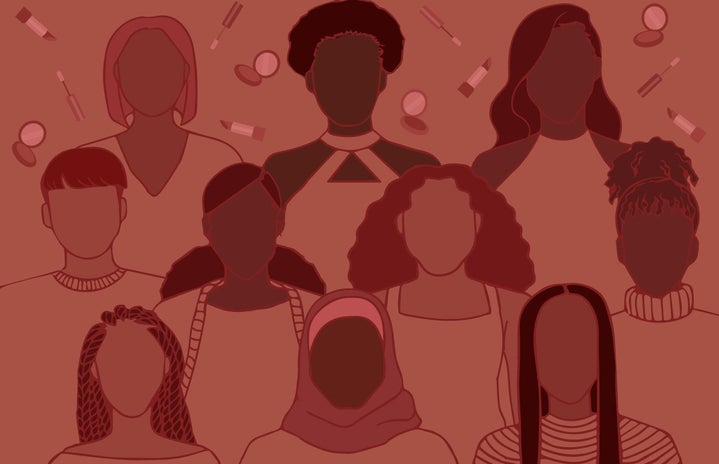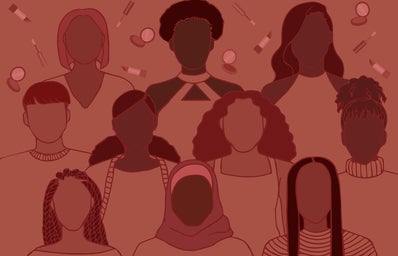Common stereotypes define muslim women as oppressed, quiet or silenced, veiled, forced and weak. This misunderstood and discriminatory image that paints a muslim woman as someone who has no personal voice, strength or power, pollutes our community, the same way oil pollutes our beautiful oceans.
The stereotypes and body politics about women are driven by the media and of course, big influencers in the media such as our very own, Mr. Make America Great Again, President Donald Trump. They are the creators of the stereotypes that oppress women and force them to be objectified and defined by standards that are not their own.
In protest and fight for reform, many muslim women and companies with a proggressive attitude are making history by breaking down those stereotypes.
“Just because you wear a religious signifier, does not mean you are physically inept” – Maheen Haider
Making headlines in 2016, H&M featured a muslim model, Mariah Idrissi, wearing a hijab.
In the spring of 2018, Nike, launched their “Pro Hijab” campaign where they illustrate that sports do not discriminate or differentiate between gender, race or religion.
Even Pinterest has positive images of different Muslim women models showcasing their style.
In Sports Illustrated’s 2019 swimsuit issue, Hamila Aden makes history by becoming the first Muslim model to pose in a burkini and a hijab. Her images are more than empowering—they are groundbreaking to the stereotypes and body politics, not only specifically for muslim women, but for all women.
Usually on the cover of Sports Illustrated, a nearly naked woman in a string bikini. Hamila’s photoshoot in her burkini breaks down the oppression of hypersexualization and objectification of women.
Hamila is a representation of deconstructing and reforming the appearance ideal and the oppressive notion that women are defined by their bodies.
As Maheen Haider, doctoral candidate for Boston College, explained to me, a muslim woman’s hijab is more than a representation of her faith but a symbol of resiliance and protection against objectification and sexualization.
It is commonly misunderstood that a woman wearing a burkini or a hijab must be oppressed. It couldn’t possibly be that she chooses to cover her body. The burkini demonstrates, contrary to popular belief, that a woman should have the right to cover her body if she wants to. That a woman in a burkini ironically and arguably has more freedom than a woman in a string bikini. That a woman should have the right to her own body PERIOD.
Showing more skin doesn’t necessarily mean you are a free woman just like covering yourself up doesn’t necessarily mean you are an oppressed woman.
The media in western culture promotes this appearance ideal where a woman has to achieve a specific standard to be considered, beautiful, desirable, hot, worthy, etc. I don’t think a half-naked objectified woman on the cover of a magazine is hot. You know what’s hot, embracing who you are and celebrating all women, all bodies, all races and all cultures.
Hamila Aden is one of many prominant muslim women who are shattering the glass ceiling and I have to say, I cannot wait to see what these amazing women do next.
XOXO



